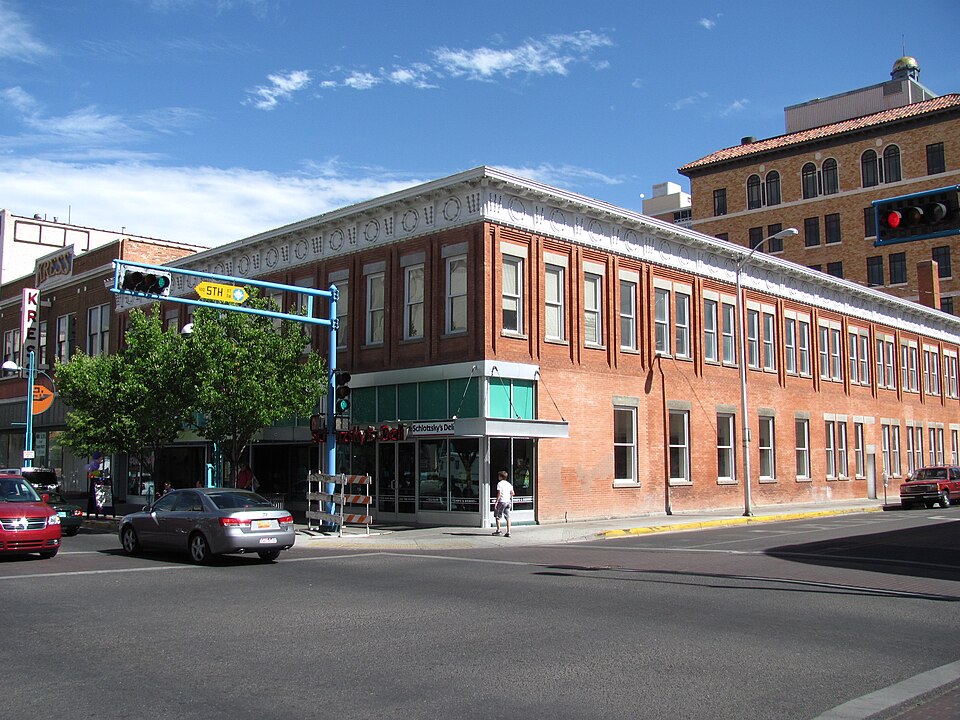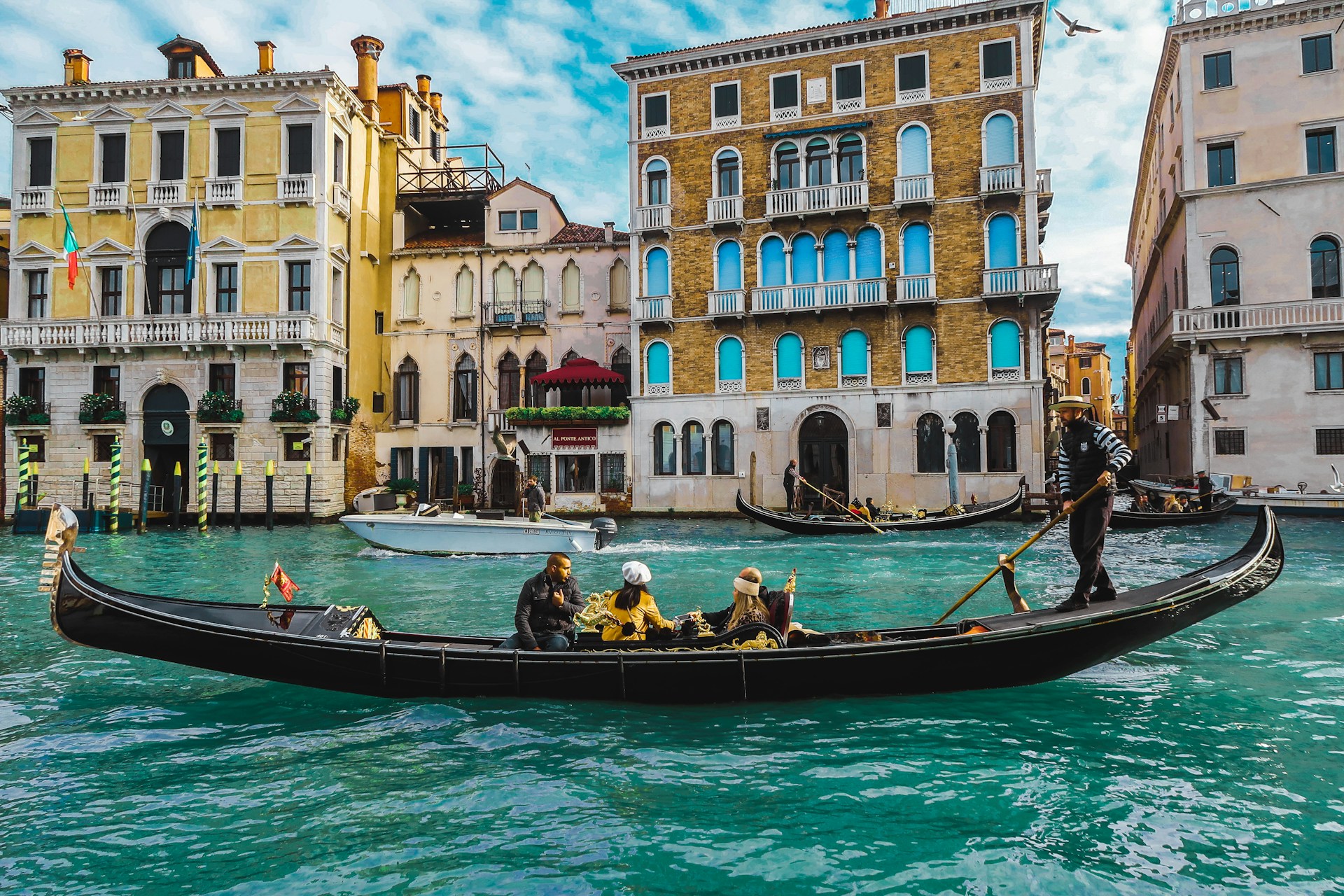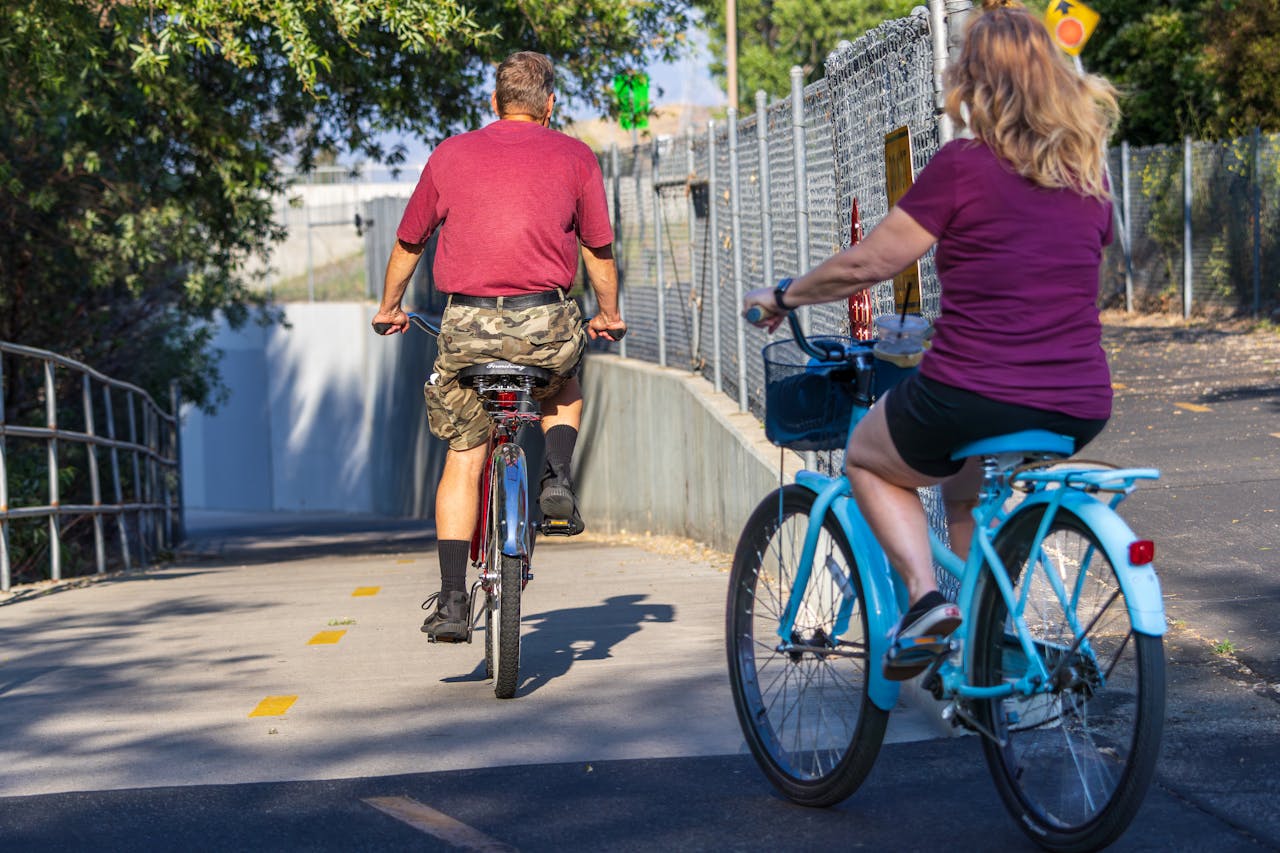Some cities turn a simple errand into a contest of attention, timing, and nerve. Dense cores, tangled ring roads, and habits learned on crowded streets create a rhythm that can surprise unprepared drivers. Weather, topography, and uneven maintenance raise the stakes, while transit gaps funnel everyone into the same few lanes. What emerges is a moving puzzle. Those who solve it read traffic like a language, manage space like currency, and accept that luck and skill often share the same seat.
Memphis, United States
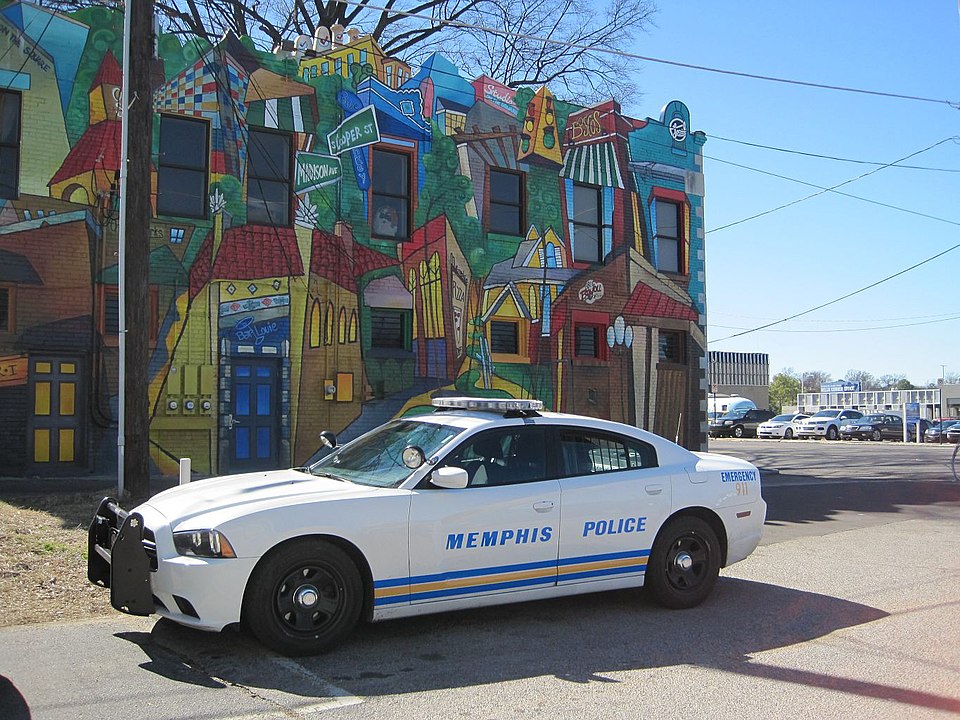
Intersections feel like pressure cookers where red lights are more suggestion than command and last second lane changes punch holes in patience. Rankings that track fatal crashes per capita keep locals wary and new drivers cautious. Wide arterials invite speed, then choke at a string of bottlenecks where timing matters more than horsepower. Afternoon glare bounces off windshields, cutting reaction time when the signal flips. Calm eyes and long following gaps become survival tools, not personality traits.
Albuquerque, United States
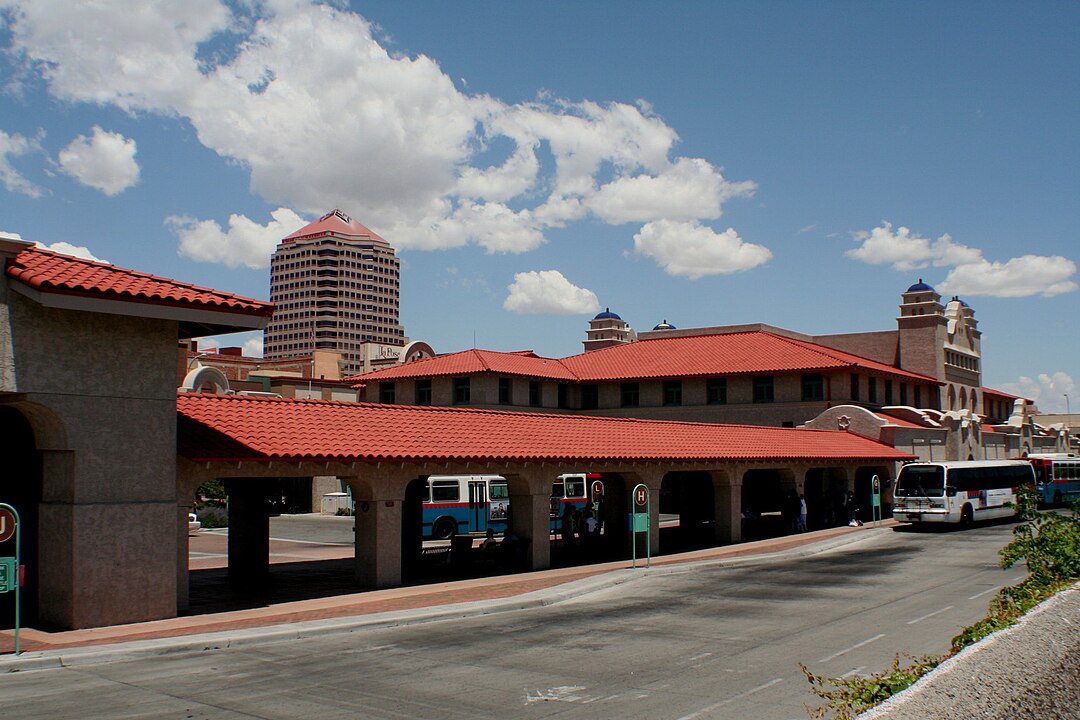
Distance is the quiet villain here. Sprawl means long, fast corridors with few natural speed checks, and the fatality rate per miles traveled tells the story. Alcohol involvement crops up too often, while pedestrian infrastructure cannot keep pace with wide crossings and quick lefts. Desert storms arrive hard, dropping sand and rain that smear visibility at the exact moment lanes split. The empty horizon tempts a heavy foot, then punishes it when brake lights bloom without warning.
Detroit, United States
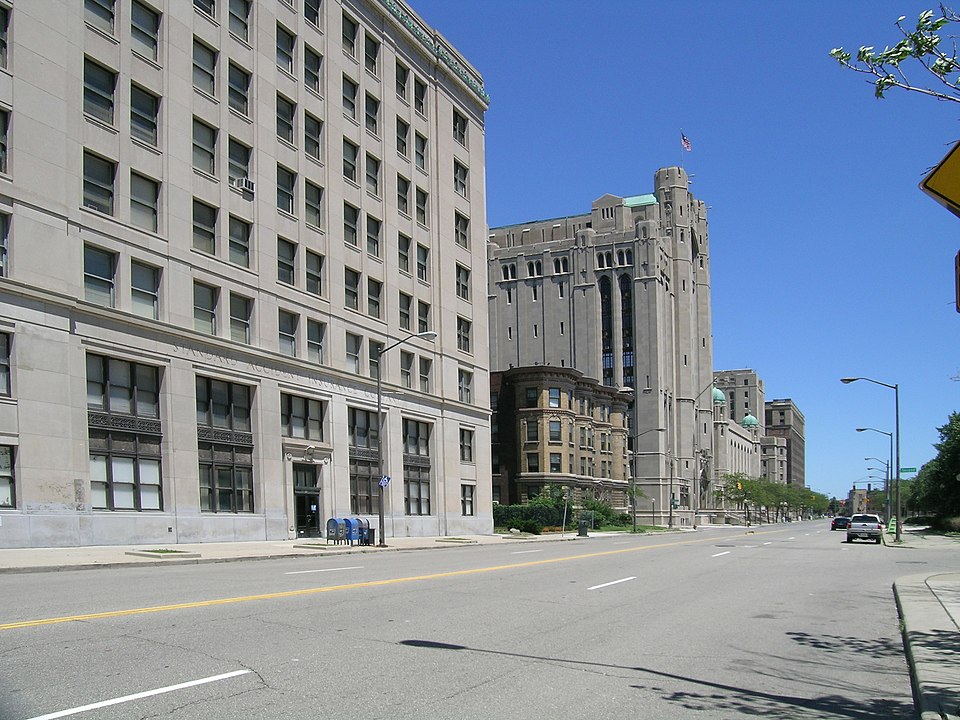
Detroit mixes interstate scale with surface streets that carry scars. Pavement can shift from fresh to cratered in a block, forcing split second choices that ripple three lanes over. Construction squeezes shoulders until mirrors fold, and frustration breeds the kind of darting moves that multiply risk. News of targeted carjackings in specific pockets hangs over night drives, sharpening awareness at stoplights. The city rewards measured speed, clean mirrors, and the kind of patience that feels like discipline, not fear.
Dallas, United States

Dallas spreads wide, layers interchanges, and then edits the map with constant construction. Ramps merge into ramps with little space to negotiate position, so hesitation invites horns and hard braking. Traffic pulses from sprint to standstill, a rhythm that punishes the wrong lane choice for miles. Summer sun throws blinding reflections at 5 p.m., shrinking visibility when exits peel away like quick decisions. Defensive habits matter because reaction time is often the only buffer left.
Atlanta, United States

Atlanta’s highways braid and rebraid, demanding commitments three exits early. Congestion is a daily certainty, and the late night stretch brings impaired driving to the same lanes that already feel tight. Rain turns seams slick on slopes, and stalled vehicles chew up shoulders that were never generous. One missed sign can trigger a desperate cross over that echoes through a dozen bumpers. The city can be driven with grace, but it asks for chess moves made in advance.
Bakersfield, United States
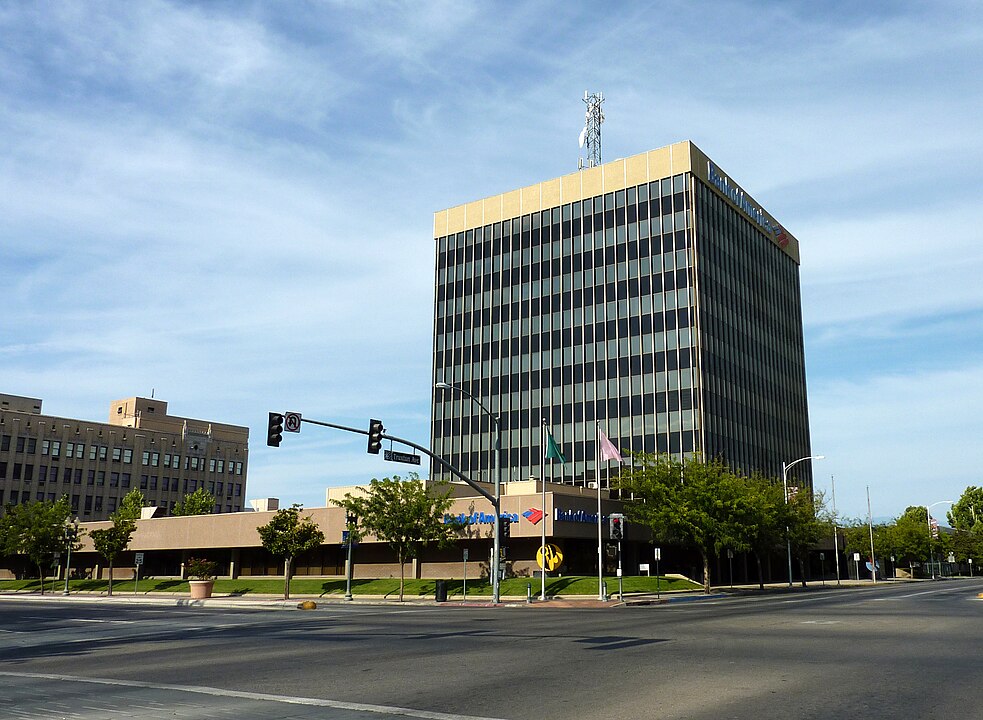
The numbers run hard here. Fatal crashes per capita outpace larger California metros, and speed creeps up on long straight approaches out of farm country. Heat shimmers hide distance and depth, while dust storms steal the horizon without ceremony. Night driving on rural fringes narrows vision to a tunnel and leaves little margin for livestock or stalled pickups. Recovery space exists in theory, but only for drivers who already left room and already trimmed speed.
Mumbai, India

Mumbai compresses a nation’s worth of motion into lanes that change shape by the minute. Autos, buses, scooters, and cars create a living tide where horn taps speak more clearly than paint. Monsoon showers carve new potholes overnight, and puddles hide the worst of them until a wheel drops. Lane markings feel like suggestions until a bus claims space with quiet authority. Success depends on rhythm and humility, on reading gaps not as openings but as invitations.
Lagos, Nigeria
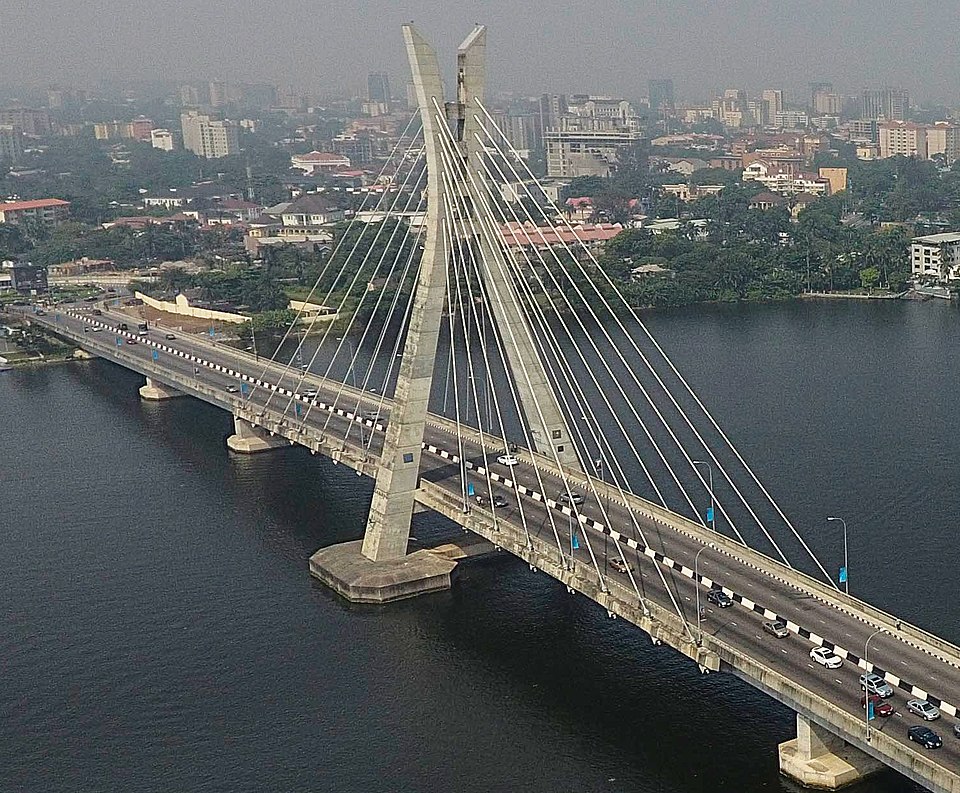
Lagos swings between gridlock and sudden surges that erase planning in a blink. Danfo minibuses stop with elastic timing, and informal markets spill energy and pedestrians toward the curb. Rain turns polished patches slick, while stalled trucks can blockade a flyover for hours. Generators thrum, tempers rise, and patience becomes a tool as real as brakes. Rerouting twice before noon is normal, and the best move is often the one that preserves options two kilometers later.
Jakarta, Indonesia
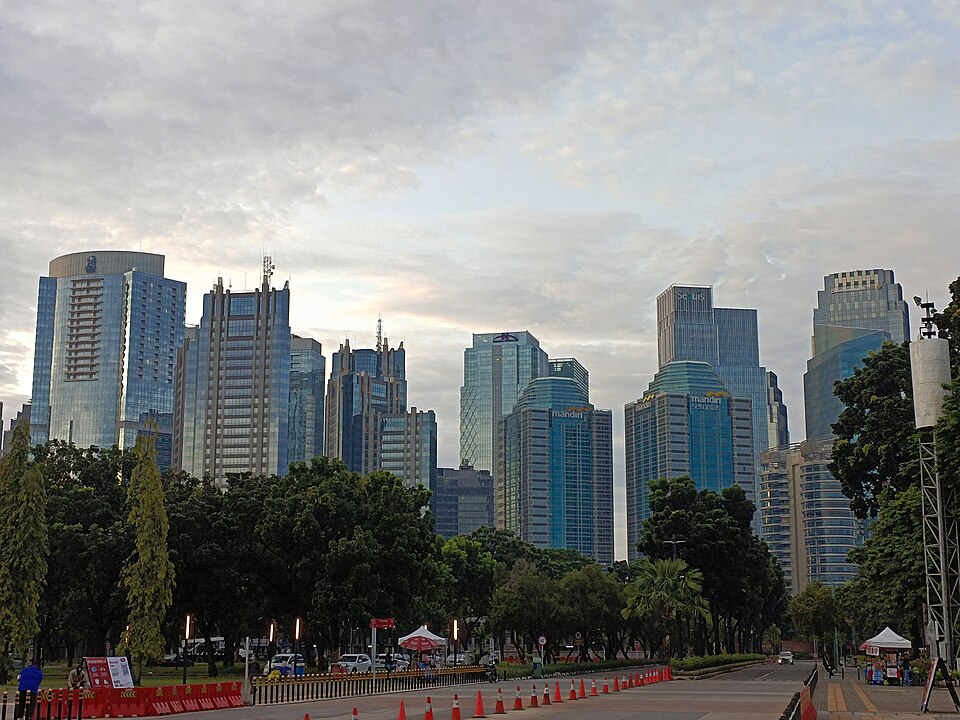
Jakarta’s volume creates its own microclimate. Motorbikes thread inches from mirrors, buses claim space in decisive bursts, and cars negotiate with signals and inching rather than sound. A single storm can redraw the map, closing an underpass and pushing thousands onto already saturated arteries. Construction zones drift from promise to presence with little warning, and every driver becomes a manager of scarce space. Progress feels earned, and calm attention is the only real currency.
Naples, Italy
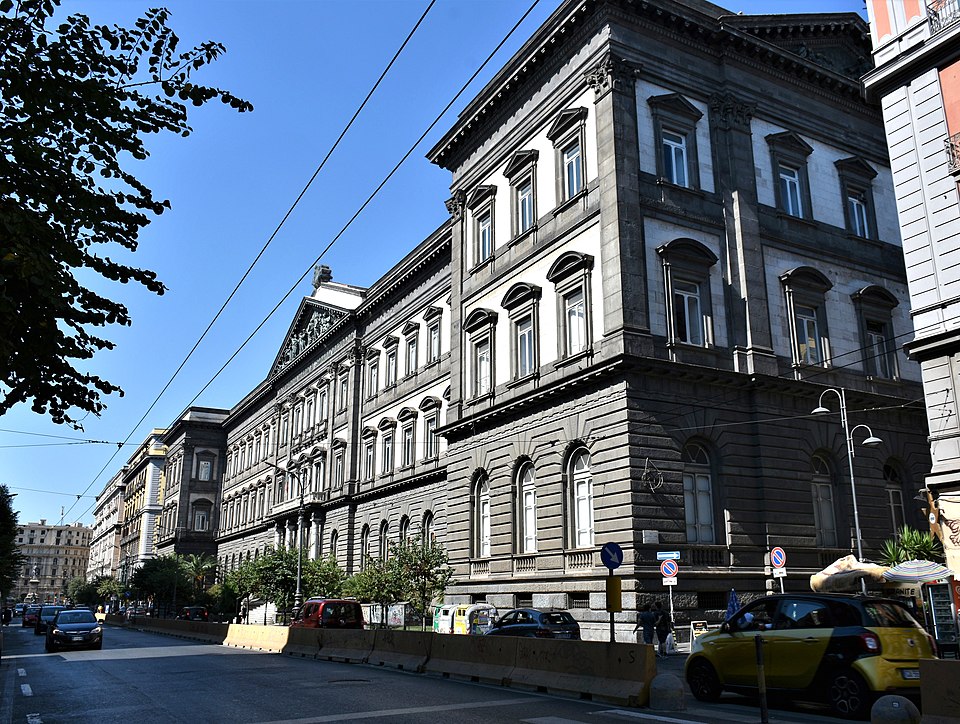
Naples folds charisma into chaos on streets laid long before cars were imagined. Vespas skim past with the confidence of locals who know every stone, while delivery vans pivot into courtyards that barely clear a bumper. Hills and blind corners cut sightlines, and one wrong turn buys ten minutes of performance. The style looks wild from a distance but leans on instinct and courtesy at close range. The city punishes rigidity and rewards nerve paired with grace.
